Camels and other creatures found in Morocco reflect the kindness of the people
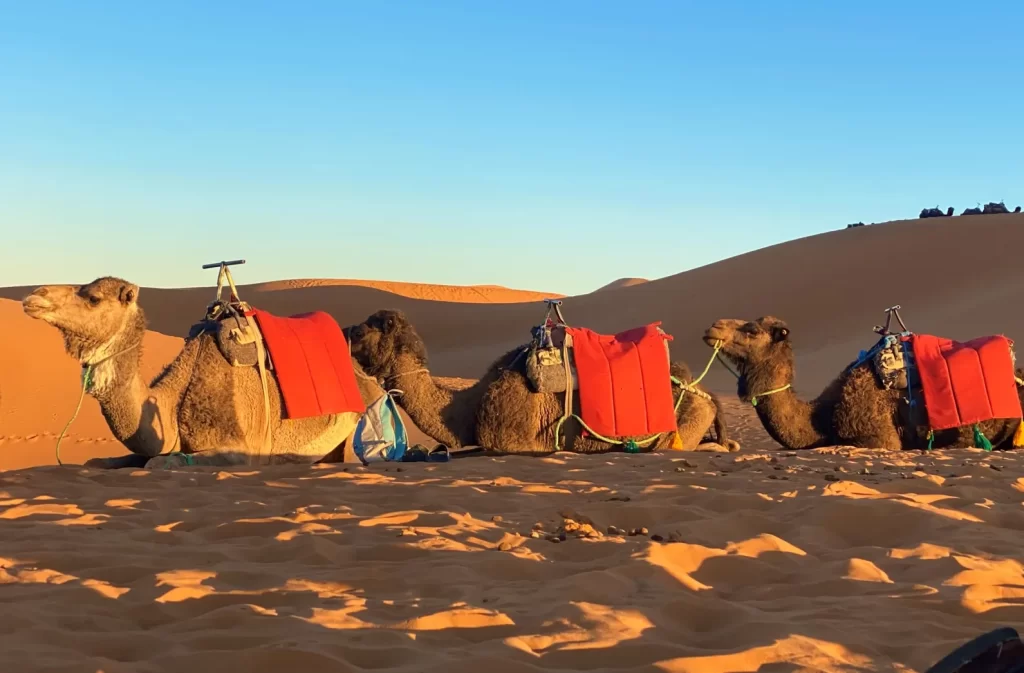
Our camels await quietly at rest in the dunes as we watch the sun set over the vast and silent Sahara. (Janet Podolak)
Perched securely on the hump of a camel named “Caboose,” I quickly realized this animal in Morocco was much friendlier than those I’d met on an earlier camel ride in Australia. The camels Down Under were also one-humped Dromedaries, but they’d been feral animals tamed from the wild after they’d been brought from Afghanistan a century ago to help build a railroad called the Ghan.
The camel I was riding in the Sahara Desert in Morocco had been domesticated and trained since birth to take people into the Erg Chebbi, a corner of the red sand desert just a few miles from the country’s border with Algeria. Caboose, standing about 6 feet high at the shoulder, was the largest of the camels leading nine others for our small group.
My daughter Sascha and I were among eight Americans and our guide, Anouar Serhane, traveling around Morocco with Odysseys Unlimited, a Massachusetts-based company specializing in small group tours. It was the eighth day of our 12-day visit that followed ancient caravan routes to Rabat, Fes and Meknes. We’d visited Volubilis, a partly excavated Roman city dating from the third century B.C., and still had Marrakech, the spectacular High Atlas Mountains, nomad camps and Casablanca ahead of us.
We met our camels after an hour-long ride from Merzouga in four-wheel-drive vehicles over rough-and-rocky terrain, unmarked in any way I could see, to a camp tucked into the dunes. After being welcomed with mint tea to an area of wood-framed tents, including a spacious dining tent, we heard the drums, cymbals and song of rhythmic Gnawa music which would later accompany our dinner in the desert.
Some folks spend a night or two in these tents, which have full bathrooms with showers and even air conditioning on summer nights, but we were here for just a few hours to sample the desert.
I was at first intimidated by the size of Caboose when I met him and wondered how on earth I would get into his saddle. He and the other camels were sitting down, so I petted his velvety nose as I spoke quietly to him, admiring his long eyelashes and his pretty face.
Camels’ eyelashes protect their eyes from the fine, almost dust-like, Sahara sand that’s as red as cinnamon and unlike any Great Lakes or ocean sand I’d ever experienced. The animals, which are built for the desert, also can close off their nostrils to the sand, and their cloven two-pad feet are ideal for walking in the shifting dunes.
I guess I expected a small ladder to help me mount Caboose, but, as I stood there, two burly Moroccan men boosted me up into his saddle, securely fastened around his girth and topped by a red blanket. The other camels were leashed by their harnesses to each other in a line behind him.
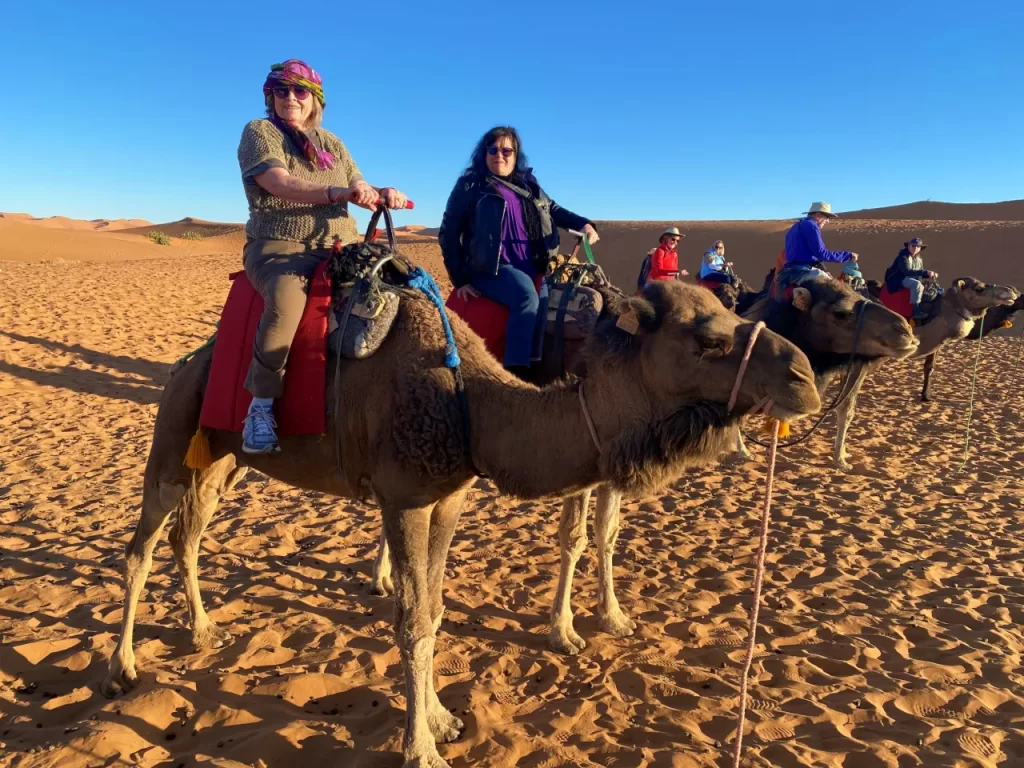
Janet Podolak, left, and Sascha Nelson are astride the first two camels with the rest of the group strung out behind them. (Submitted)
We were told to lean back in the saddle as the camels rose, rear legs first, to an upright position, grunting with what seemed to be an objection. I firmly gripped the saddle’s two-handled grab bar, quickly discovering that the swaying camel gait was much different from that of a horse.
Our camel handler led Caboose up into the nearby dunes, which seemed to become redder as we became surrounded by them, and, following one behind the other, the others walked single file along their wind-shaped edges. The camels’ grace and comfort in the dunes was unmistakable.
Silence immersed us as we climbed about 500 feet up into the dunes, soon realizing they were huge and seemed to stretch on forever. When we stopped, after about an hour into our trek, we saw people sand surfing on the dune above us. We’d seen snowboards leaning against one of the dozen tents where we’d earlier gathered over mint tea, and that’s what they were using to coast down the steepest dunes.
The Moroccan camel handlers who’d accompanied us signaled for the camels to kneel and helped us off, spreading blankets on the sand so we could sit and take in the beauty of the desert surrounding us. We were there to witness the sunset, which was dramatic beyond description.
Sascha knelt to play in the sand, gathering some into a plastic bag she’d brought to take home a sample of the Sahara. Later, at a roadside vendor, she bought an antique bottle to display it in.
After the sun had set behind the dunes, we mounted our camels for a return in the gathering dusk to the camp, where dinner and music awaited. Stars winked brightly in the sky.
The experience, one I’ll never forget, concluded with a stop in our four-wheel drive vehicles to view the stars in the blackness of the Sahara night far away from the lights of civilization.
I later concluded that the unexpectedly sweet nature of our camels reflected the gentle kindness of their Moroccan handlers, people who truly considered the comfort of the animals being asked to help show us their country.
That was also reflected in the many cats we saw throughout Morocco, from the narrow alleys of the cities’ medinas to the mud brick villages and even in the airport when we departed from Casablanca. All seemed well-groomed, -fed and -cared for. We met a group of Barbary apes, including their babies, on a stop in the Anti-Atlas Mountains, where they gathered for handouts of peanuts, and saw large white storks on their nests atop chimneys everywhere.
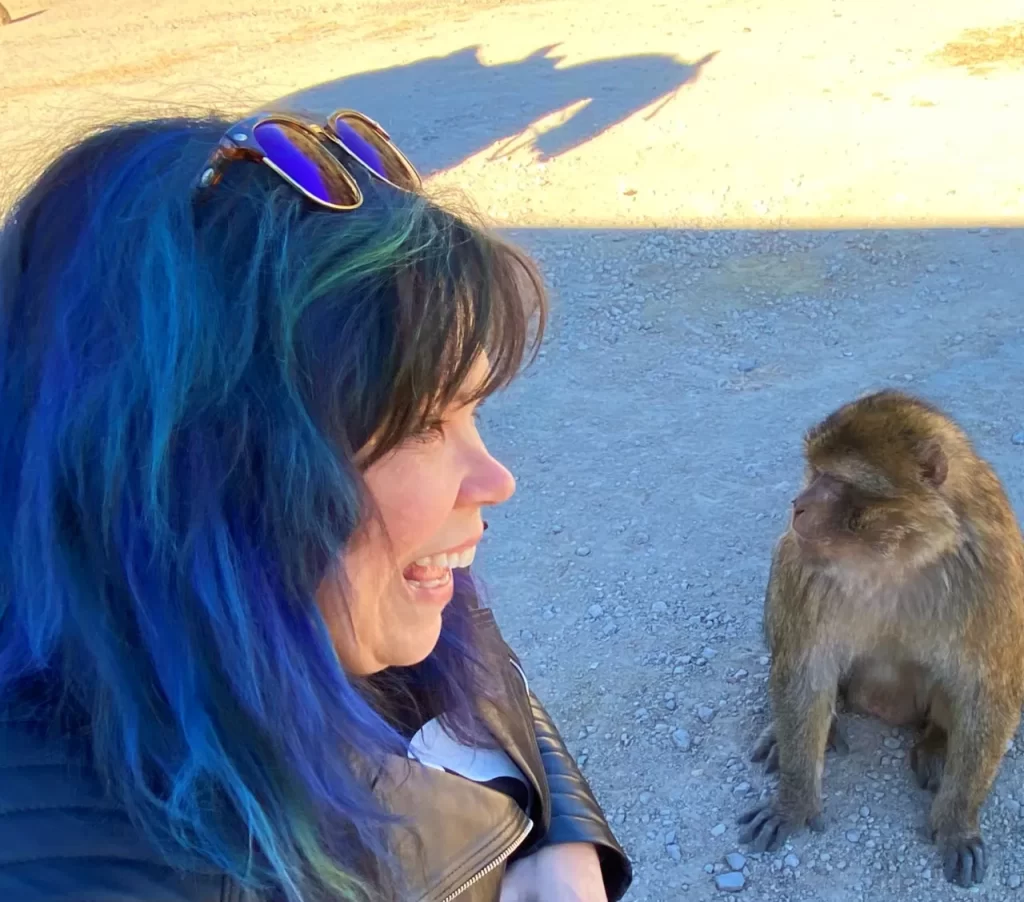
A baby Barbary ape befriends Sascha Nelson, left, at a roadside stop where they’re fed peanuts by passersby. (Janet Podolak)
We saw a sweet kitty, curled up in a bowl, being offered for sale in a souk in Fes, where an early-morning exploration allowed us to witness the dried food caring residents put out for the cats living among the narrow alleys.
On another day, as we drove through the dramatic landscapes of the High Atlas Mountains, our guide, Anouar, asked our driver, Mohammed, to slow down so he could toss bread to the dogs waiting along the roadside.
The kindness and hospitality bestowed upon us as visitors to this magical land extended itself to the creatures we encountered along the way.

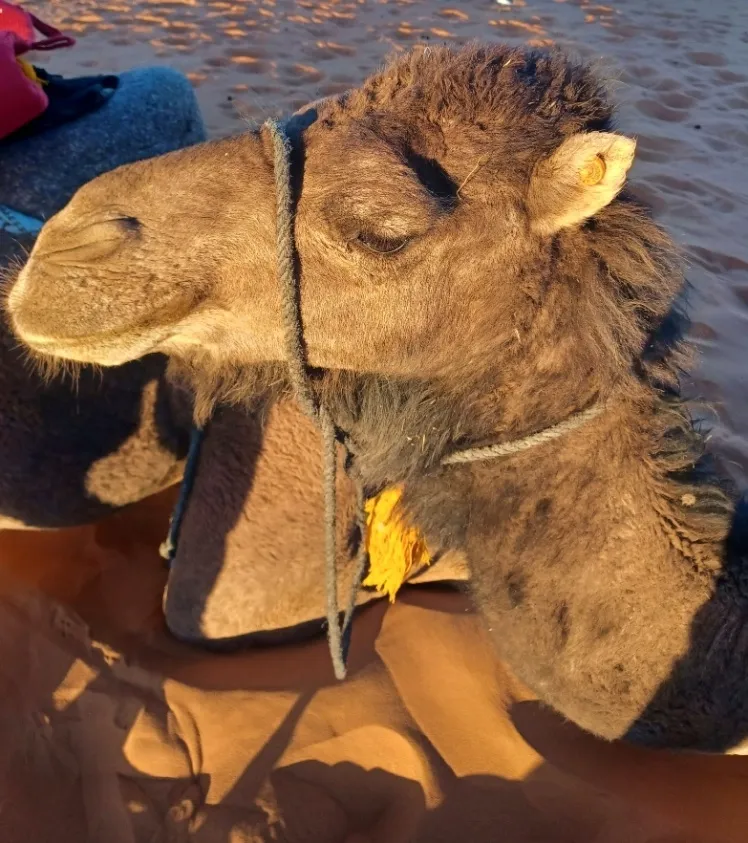
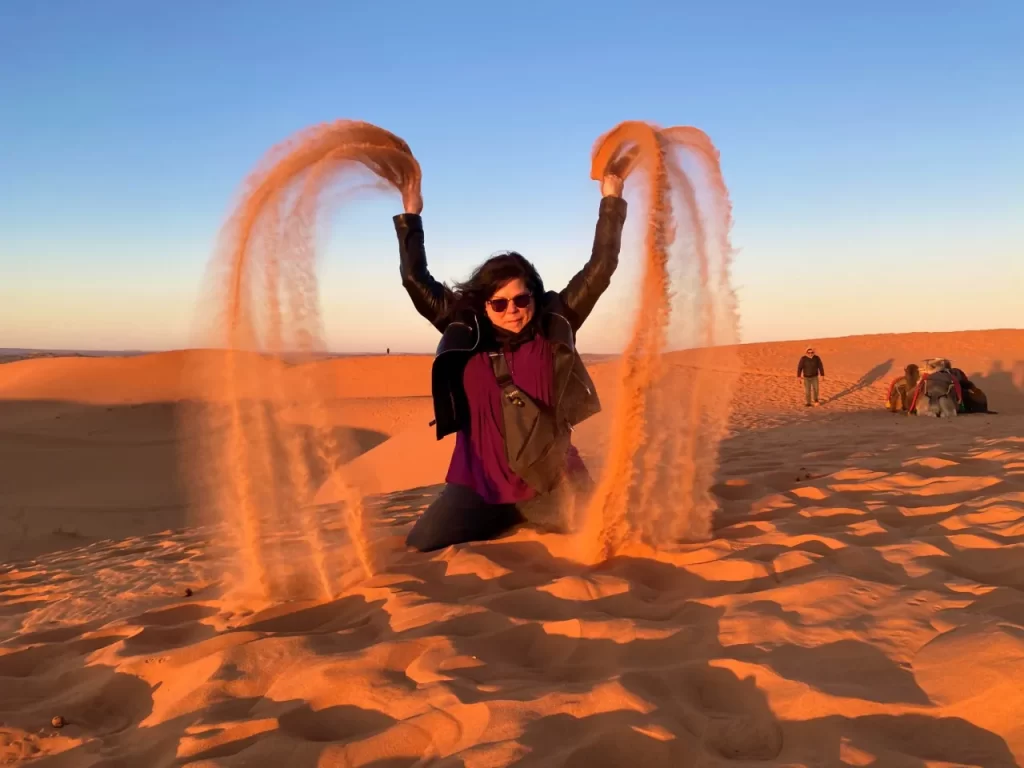
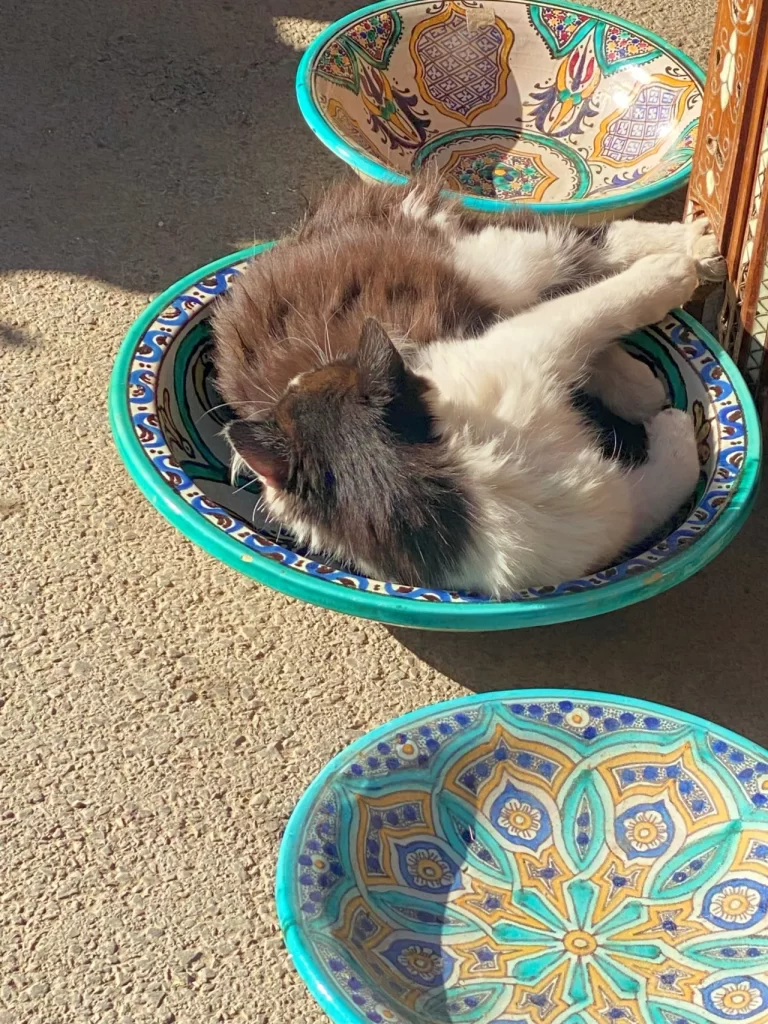
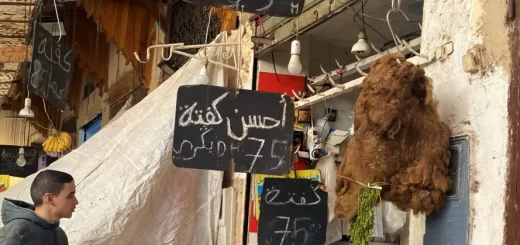

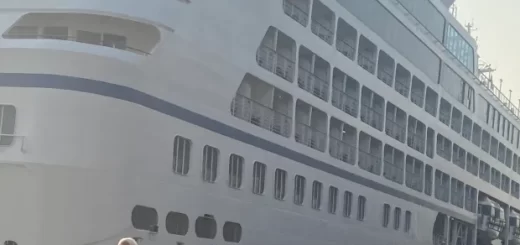
Recent Comments